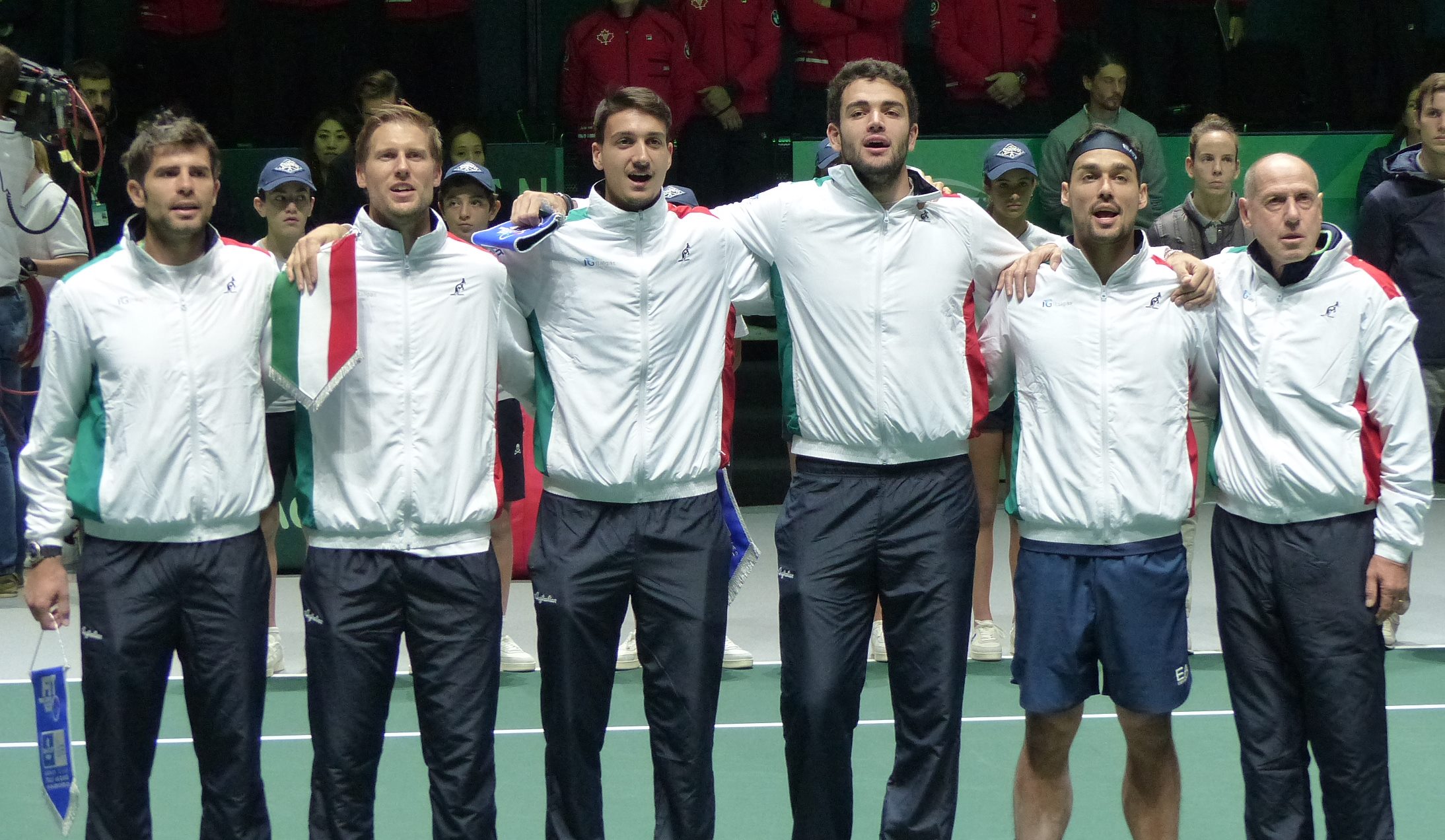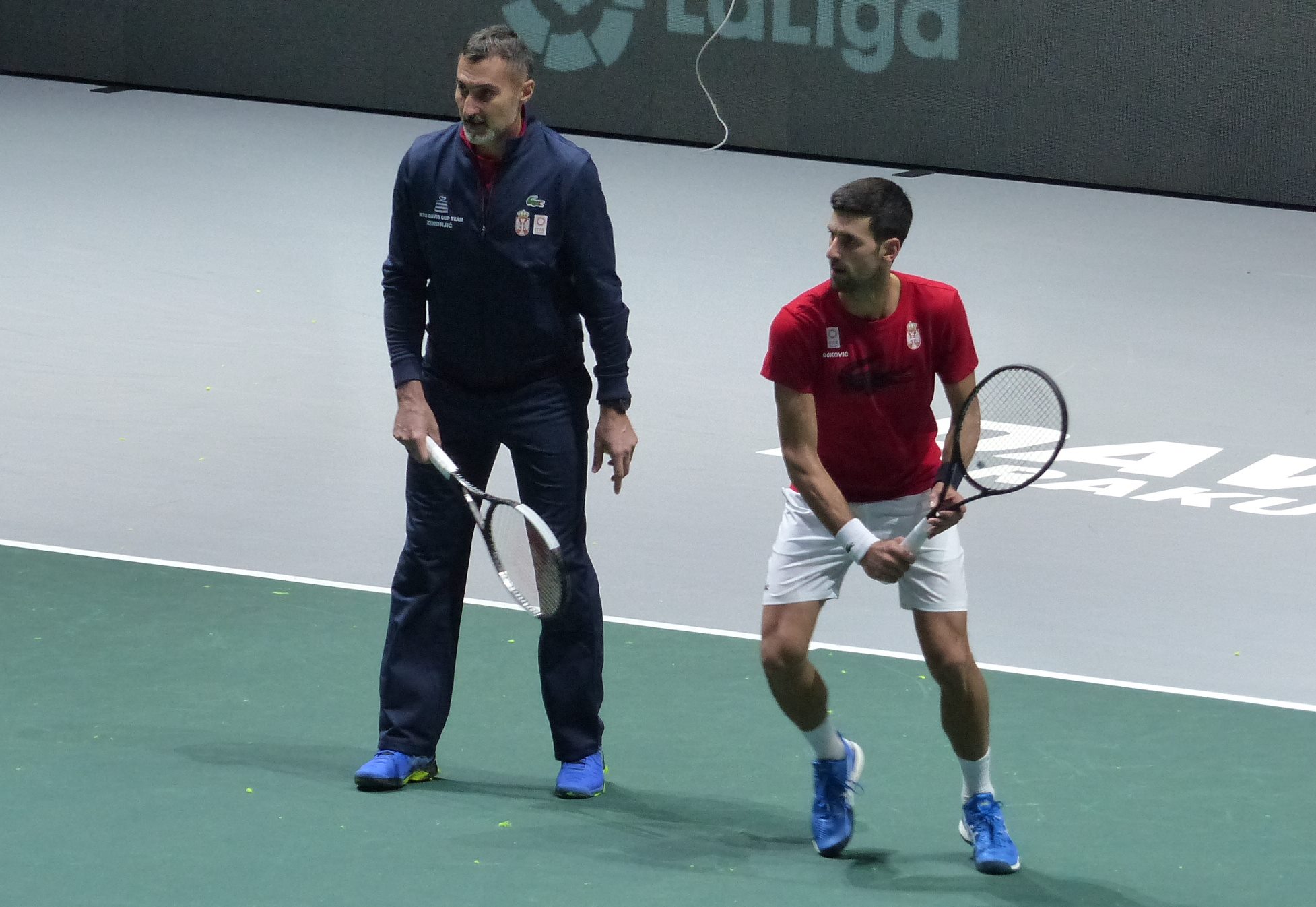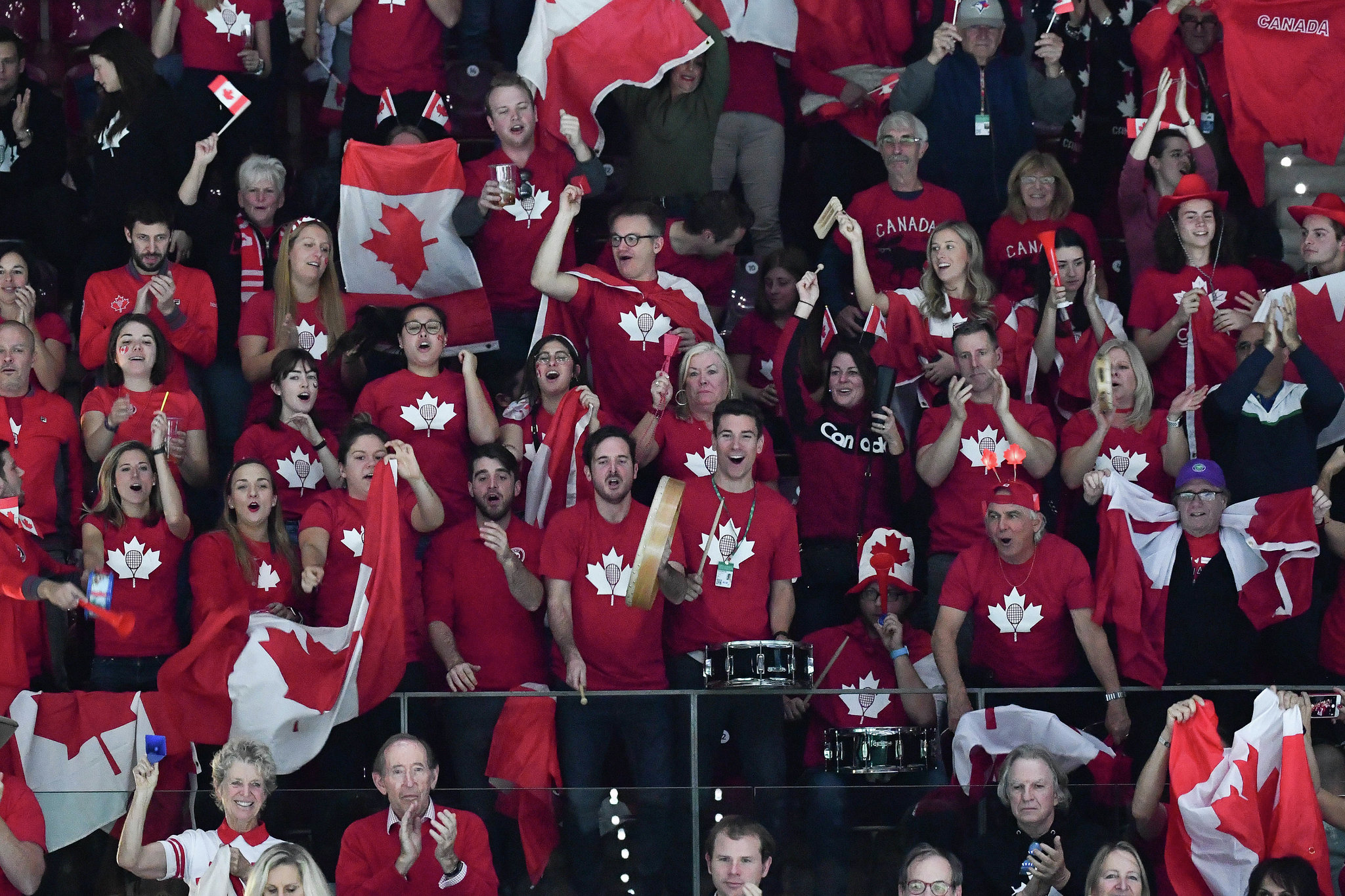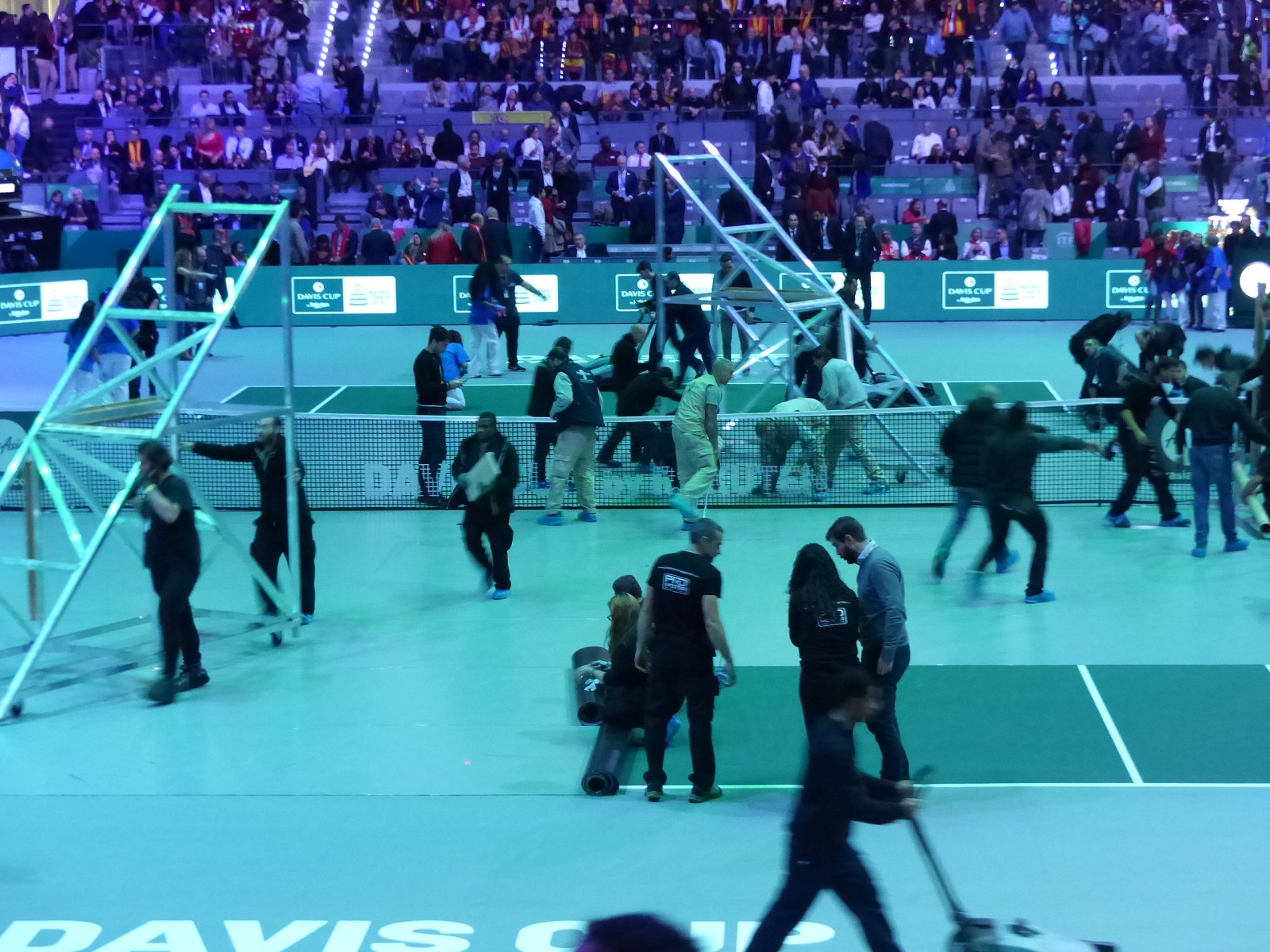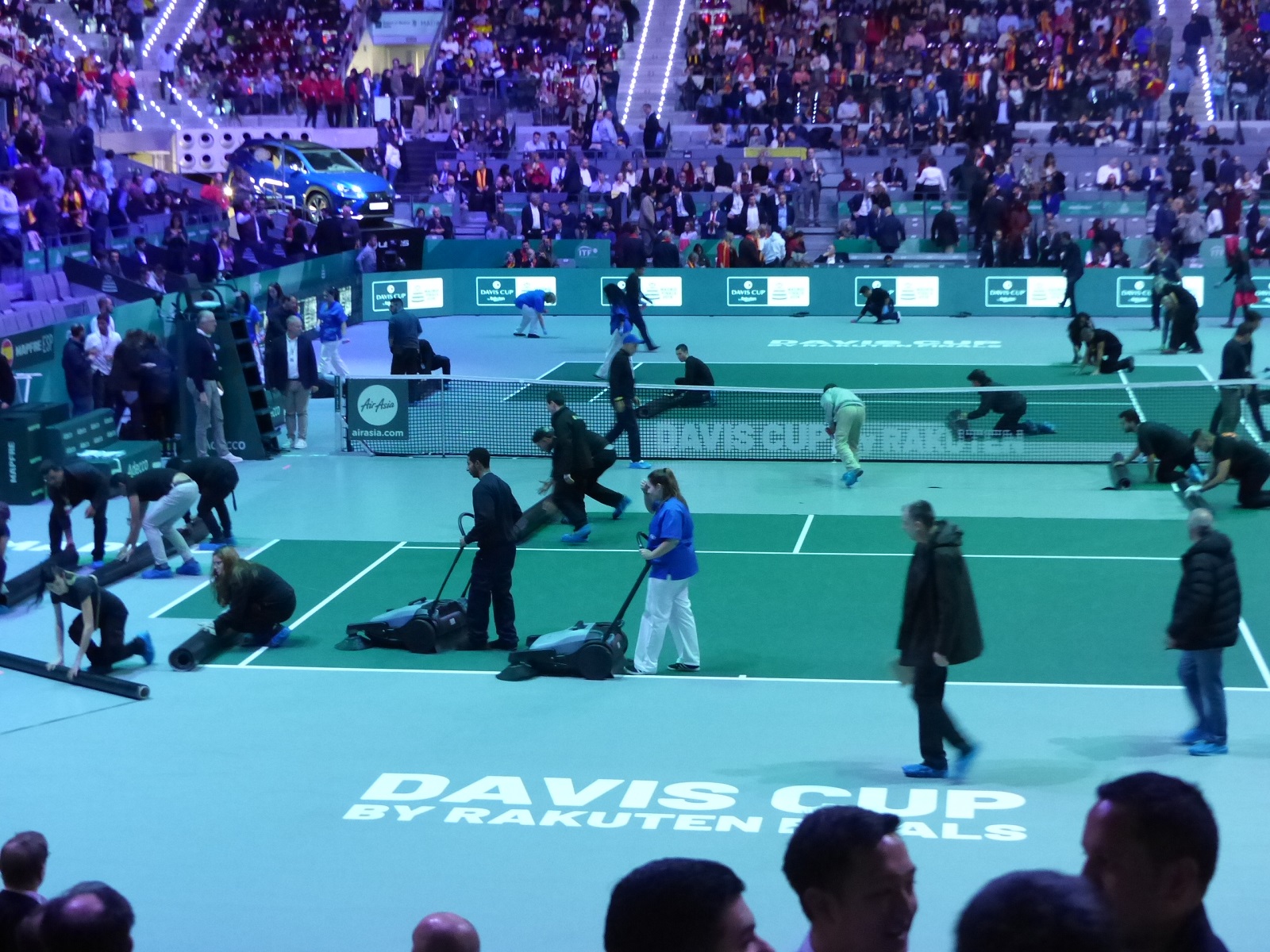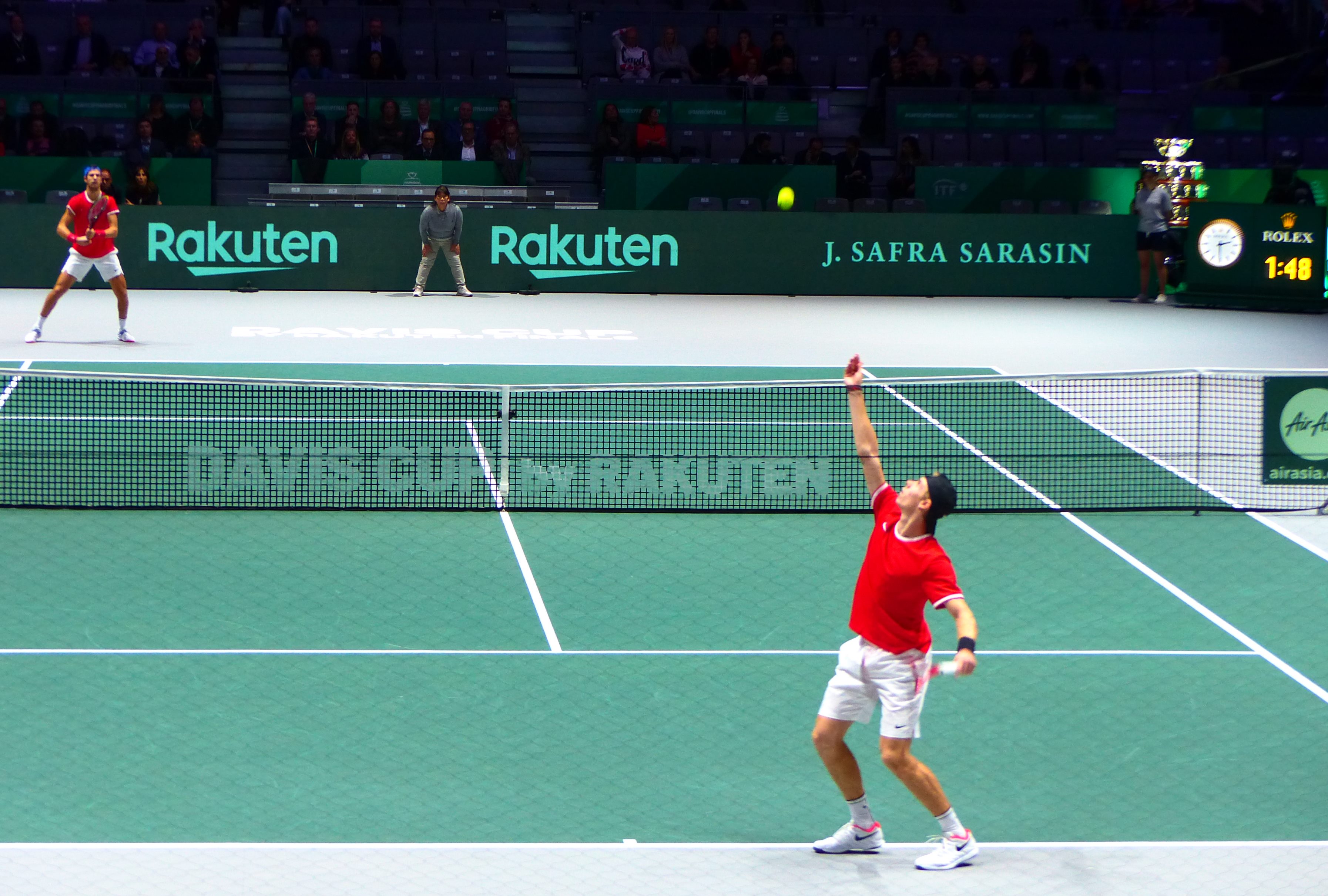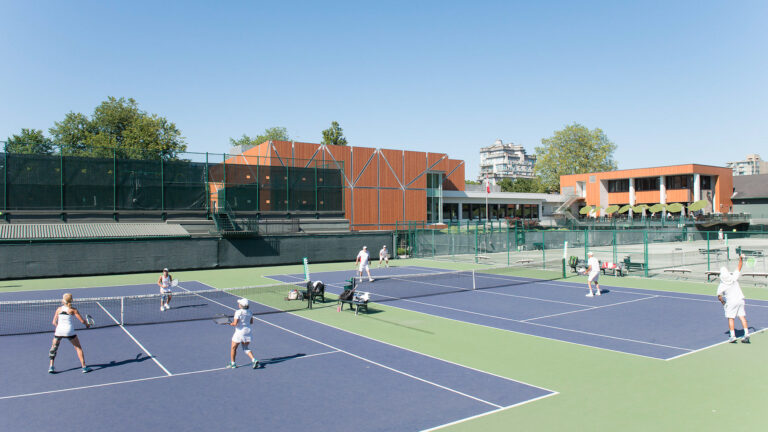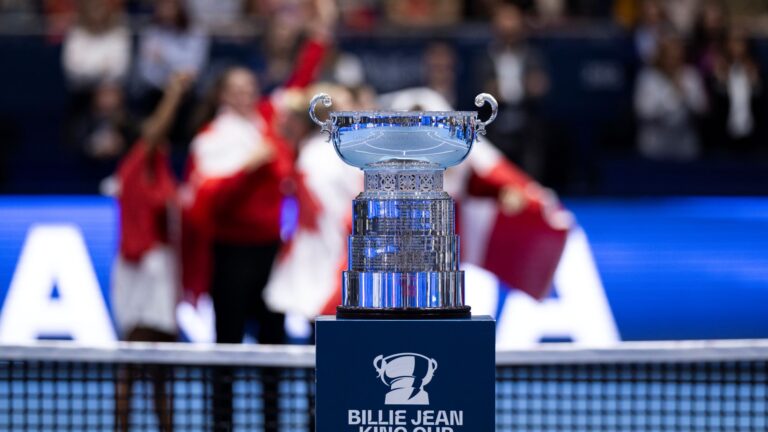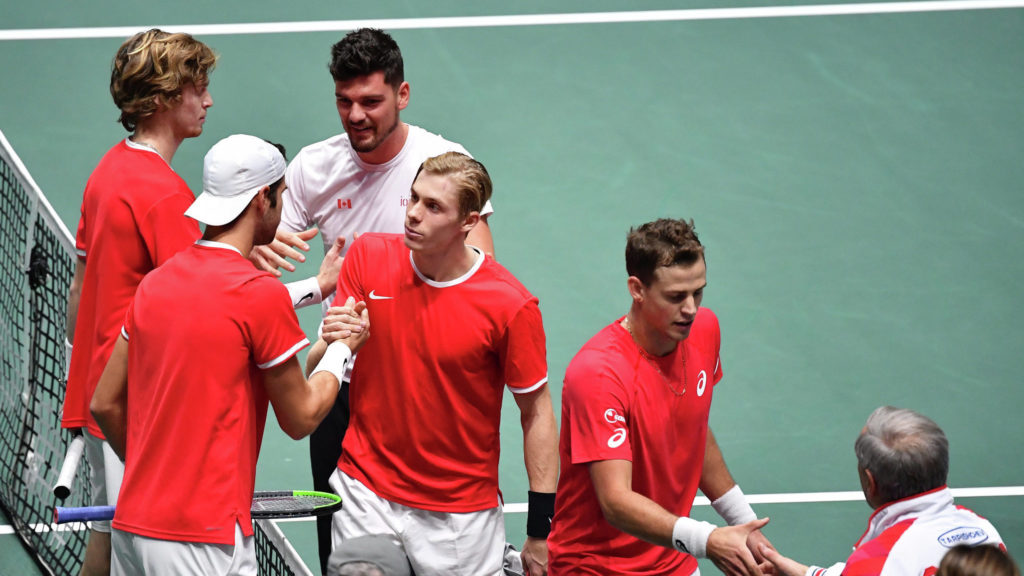
There have been many takeaways from the inaugural edition of the Davis Cup Finals in Madrid that ended Sunday with Spain beating Canada.
The most important for the organizers, Kosmos Holding led by famous Spanish footballer Gerard Piqué, who have made an investment of $3 billion (US) over 25 years in the event, is that the players cared.
It was impossible not to see that in all the matches that were played during the week-long event featuring 18 countries and 25 best-of-three match ties.
There were highly-competitive and emotionally-charged encounters in singles and doubles from start to finish as the players gave their all representing their countries.
It was remarkable how many ties came down to the doubles – and even more how many doubles came down to a final-set tiebreak.
The players were treated well in terms of facilities such as locker room space, practice courts and other amenities including food.
All this augers well for the future because the word will spread that the event is top-class for the competitors. It could have been disastrous if the athletes went away disaffected and disinclined to return for edition two at Madrid’s Caja Magica next year.
So there was a clear impression that the players bought in – a huge feather in the caps of Piqué and others who are heavily committed to the new Davis Cup Finals.
There was one happenstance involving players that was probably vital to the success of this year’s event. The Davis Cup Finals date following directly after the London ATP Finals, involving the top-eight players, was always extremely problematic. For example, had Italy’s No. 8-ranked Matteo Berrettini reached the final on Sunday in London (he was eliminated on the Thursday), he would have had to travel to Madrid and play the next day for his country in its initial round-robin tie against Canada.
But of paramount importance, neither world No. 1 Rafael Nadal, eliminated on the Friday – giving him three full days off before Spain began playing in Madrid on Tuesday – and No. 2 Novak Djokovic – out of London on the Thursday and having five days to rest and recoup before Serbia’s first tie on Wednesday – were not in the final stages of the ATP Finals. That was a godsend for the Davis Cup Finals because if either had been absent or unprepared to play – particularly Nadal who’s nothing less than a national treasure in Spain – the event would have been greatly diminished.
The absence of Roger Federer, whose team did not qualify and who was in Latin America playing exhibitions with Alexander Zverev, was already a blow for the initial edition.
The negatives about the Davis Cup Finals start with the date. Having it the week following the ATP Finals means it will always be an issue for the top guys – particularly at season’s end when their mental and physical resources are depleted. It appears that may not change any time soon because Roger Federer’s agent Tony Godsick, and the Team 8 group, have an agreement with the ATP Tour that looks to have the calendar spot two weeks after the US Open locked up for Laver Cup. That would be the ideal time for the Davis Cup Finals. But unless there can be an accommodation with the upcoming ATP Cup in Australia at the start of the new year, finding a better date on the ever-intractable tennis calendar is unlikely.
That’s obvious in the latest anomaly in the yearly schedule because of the various factions in tennis – the ATP Tour and the International Tennis Federation. The ITF has the Davis Cup competition at the very end of the year when players are worn out and anxious to get into the off season – the ATP has its team event at the beginning of the year when the players are fresh but not really prepared for a grueling, high-intensity competition as they tune up for the year’s first Grand Slam at the Australian Open.
A major issue in year one in Madrid was the scheduling of the ties – on the third day one lasted until 4:06 a.m. when the USA defeated Italy. The day’s action began at 11 a.m. but with two ties, each involving two singles and a doubles, it resulted in the second tie extending so long it wound up being the second-latest finish in modern tennis history. Only Lleyton Hewitt vs. Marcos Baghdatis – at 4:33 a.m. at the 2008 Australian Open – ended later.
Another obvious problem in year one in Madrid was that national support for the various teams was difficult – with the exception of Spain – because of the need to travel to Madrid from destinations as far away as Australia, Argentina, Colombia and Chile. As well, buying tickets beyond the already-scheduled ties in the round-robin groups was problematic because of not knowing which teams would win and advance to the quarter-finals and beyond.
And comparisons to supporters who attend the football (soccer) World Cup are misguided because that event only takes place every four years and extends over a much longer time period and involves months and years of play-in games.
The Davis Cup Finals face another challenge when it looks beyond 2020 back in Madrid. There are not a lot of tennis, or other, facilities capable of hosting an event involving 18 countries, 25 ties and 87 players run over a period of seven days.
It takes at least three proper stadiums, and likely indoor stadiums, if the event continues to be played at its November date. There has been talk of the expansive facilities at the Indian Wells Tennis Garden in the California desert being a possible option. But the date is a huge impediment. It would be tough – particularly at season’s end – for players at the ATP Finals (from Turin, Italy, beginning in 2021) to travel nine time zones to the USA to play outdoors with little or no time to adjust.
And any possible sites inside or outside Europe with adequate facilities – multiple arenas or stadiums – that aren’t heavily booked would also be hard to find for a competition as complex as the Davis Cup Finals.
So what’s the take-away from the first Davis Cup Finals having all the teams in at a single site? It was a positive to hear players and others say the event had a Grand Slam feel because it assembled so many different nations together at one single event.
But scheduling, individual national support and logistics remain serious issues to be worked out going forward.
The fact that the players competed so hard, and provided excellent entertainment for paying customers and television audiences, provided the Davis Cup Finals instant credibility for the new version of the 119-year-old event. It showed that the brand endures – and that’s vital going forward.
QUICK CHANGE ARTISTS
Pop star Shakira performed on court before the Davis Cup Finals championship tie between Canada and Spain.
Then there followed a remarkable transformation of the GreenSet court surface that had been laid down on a wood base. Anyone involved in indoor tennis events knows that putting down a court is a major and pain-staking process. In the pictures here, above and below, it appears that the carpet surface was re-laid in about 15 minutes after Shakira finished and before the start of the opening match between Félix Auger-Aliassime and Roberto Bautista Agut.
But actually, after closer examination, the crew in the Pista Central at the Caja Magica were just removing a layer of protective covering that was placed over the court to protect it from the stage put up for Shakira’s show.
The final touches involved using court sweepers (below) to assure the surface was clean.
Incidentally, the GreenSet surface received rave reviews, and virtually no criticism – its medium-fast court speed was ideal for superb tennis by the world’s best players.
FINE SCREENING
To protect the patrons sitting in the seats directly behind the court in the Pista Central, Davis Cup Finals organizers installed a very fine netting (bottom half of picture above) behind the court. It served the function of making sure hard hit balls did strike anyone but also wasn’t at all intrusive for viewing because it was barely visible.
MADRID POST CARD
This poster promoting the 2019 Davis Cup Finals in Madrid featured a dated photograph of the Spanish Davis Cup team circa 2011. Left to right are captain Albert Costa (tournament director of the Davis Cup Finals), Feliciano Lopez, Marcel Granollers, a boyish-looking Rafael Nadal and the now-retired David Ferrer.
Feature photo: Martin Sidorjak
